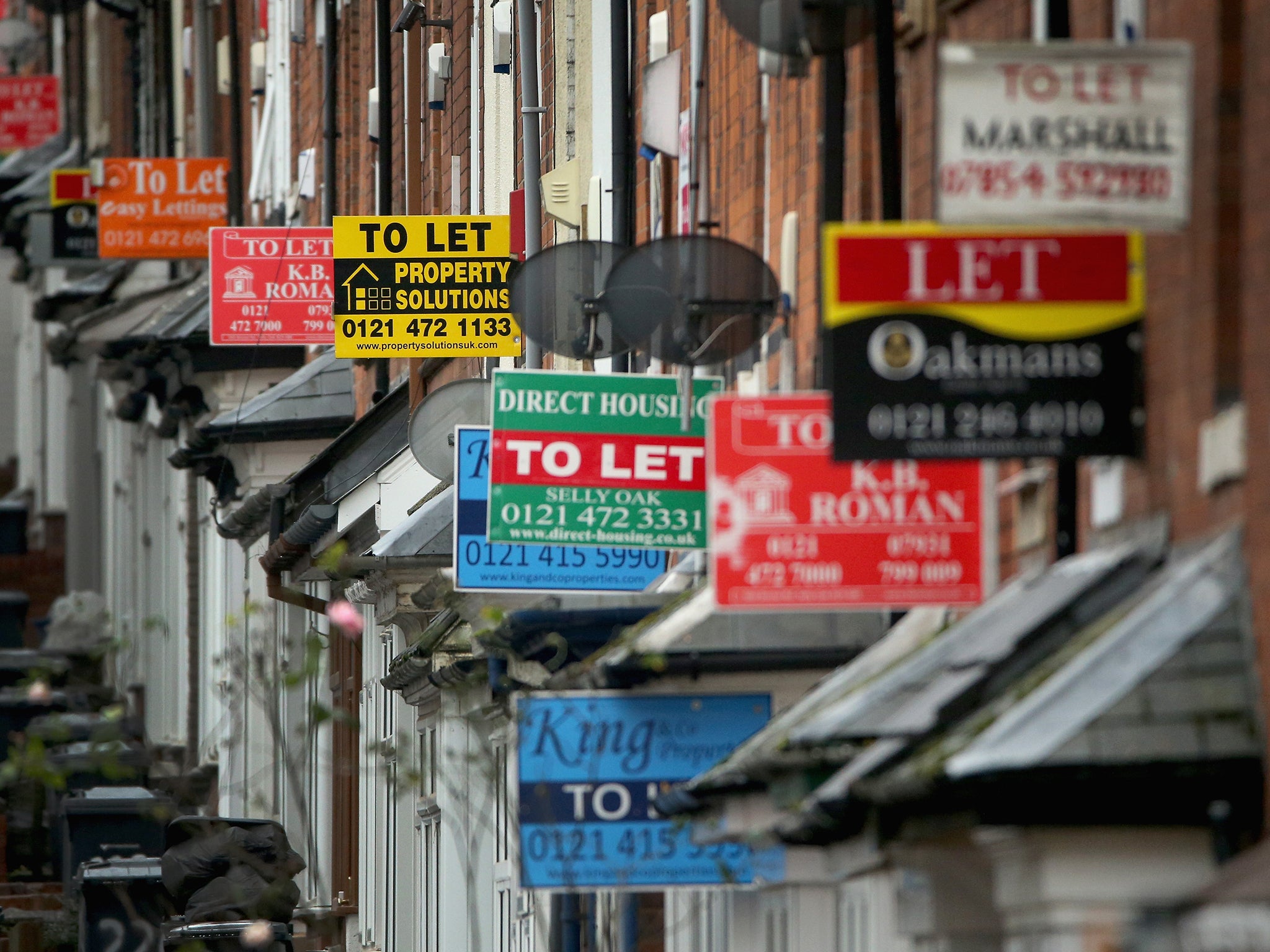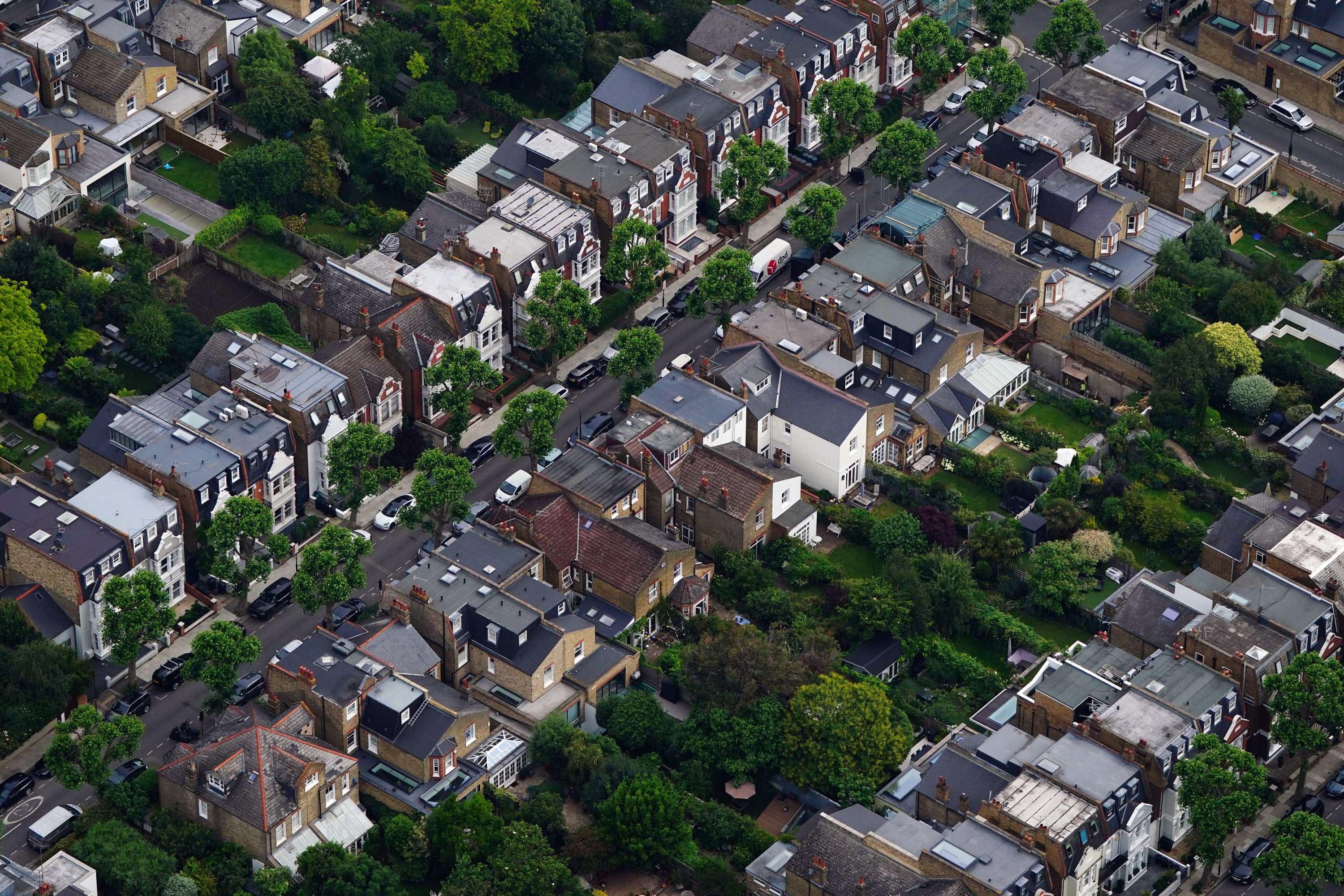Average rent outside London hits record high – check how your area compares
In London, the average advertised rent is £2,652 per month

Your support helps us to tell the story
From reproductive rights to climate change to Big Tech, The Independent is on the ground when the story is developing. Whether it's investigating the financials of Elon Musk's pro-Trump PAC or producing our latest documentary, 'The A Word', which shines a light on the American women fighting for reproductive rights, we know how important it is to parse out the facts from the messaging.
At such a critical moment in US history, we need reporters on the ground. Your donation allows us to keep sending journalists to speak to both sides of the story.
The Independent is trusted by Americans across the entire political spectrum. And unlike many other quality news outlets, we choose not to lock Americans out of our reporting and analysis with paywalls. We believe quality journalism should be available to everyone, paid for by those who can afford it.
Your support makes all the difference.The average rent outside London has hit a record high.
The new record of £1,316 across Britain, excluding London, means that average advertised rents outside London are around 7% higher than a year earlier, according to Rightmove’s analysis covering the month of May.
In London, the average advertised rent is £2,652 per month, which is 4% higher than a year earlier, the website said.
With the General Election taking place on Thursday, Rightmove said the next government should accelerate housebuilding and incentivise landlords to invest in more homes for tenants, “to improve the supply and demand imbalance in the rental market and stabilise yearly rent growth”.
Rightmove said the pace of growth in rental prices has eased from its peak of 12% two years ago but it remains significantly higher than the “more normal” level of around 2% per year seen before the coronavirus pandemic.
It added that an improvement in the balance between supply and demand in London has contributed to a slowing of rental price growth. By contrast, Scotland is currently the hardest hit by supply and demand imbalances, Rightmove said.
Average rents in the UK
Here are average advertised rents and the annual increase, according to Rightmove
– North East, £894, 11%
– West Midlands, £1,180, 10%
– Scotland, £1,067, 9%
– East of England, £1,597, 8%
– North West, £1,146, 8%
– Yorkshire and the Humber, £1,022, 8%
– South West, £1,425, 7%
– East Midlands, £1,150, 7%
– South East, £1,836, 6%
– London, £2,652, 4%
– Wales, £1,065, 4%
Tim Bannister, a property expert at Rightmove, said: “We’ve been talking about the imbalance between supply and demand in the rental market for a long time now, so it’s easy to forget that there was a time before the pandemic where rental price growth was more stable.”
He added: “The next government should be prioritising an improvement to the planning process, an acceleration of house building, and encouraging more supply into the rental market.”

Nathan Emerson, CEO of property professionals’ body Propertymark, said: “Propertymark has long argued that the private rental sector needs more houses to stabilise rental prices but there is a myriad of other factors that can contribute towards making the market more attractive for both investors and tenants.
“With a General Election coming this week, Propertymark would like to see the next government reform the tax system so that more investors can be persuaded to invest in the private rental sector and lower rents for tenants in the long term.
“Whilst we support a greater supply of houses, there has to be a sensible deliverable programme mindful of protecting the green belt wherever possible.”
Here are the areas of Britain with the biggest imbalances between supply and demand, as indicated by Rightmove’s data:
1. Scotland
2. North West
3. South West
4. North East
5. West Midlands
6. Wales
7. Yorkshire and the Humber
8. East of England
9. East Midlands
10. South East
11. London
Join our commenting forum
Join thought-provoking conversations, follow other Independent readers and see their replies
Comments